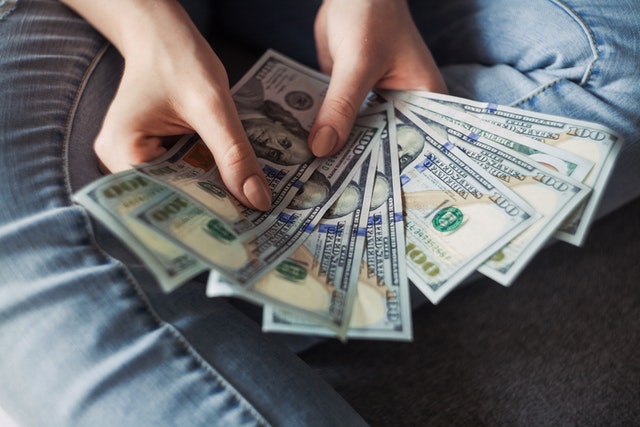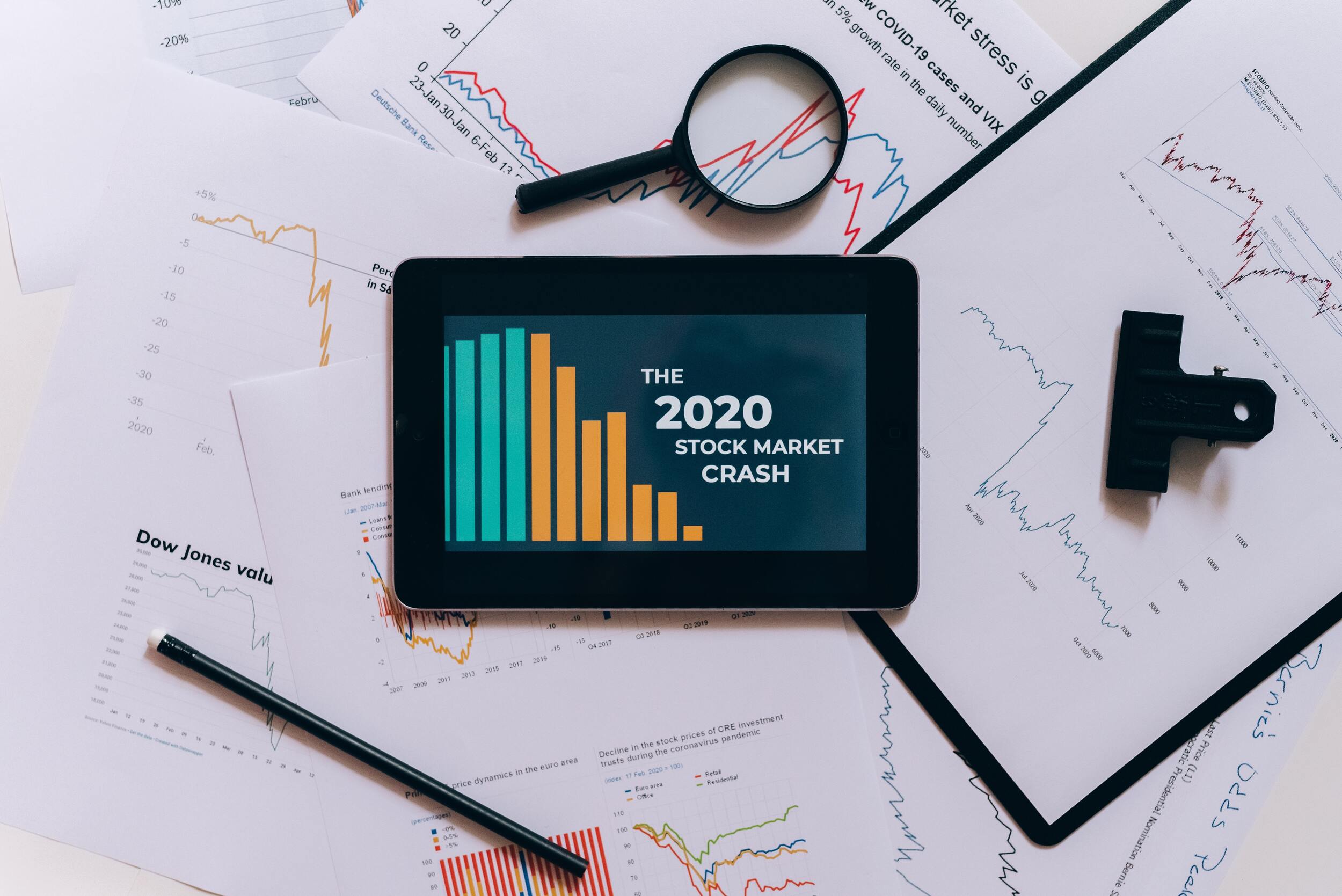Flash crashes are growing more prevalent, although they are still poorly understood. We explain how flash crashes might occur, look through some prior cases, and examine if they can be avoided in the future.
A flash collapse occurs when the price of a security – a currency – falls fast over a short period of time before rapidly recovering.
Although some investors like it, the importance of volatility in trading cannot be overstated. And, in the digital era, when trading between people is being replaced by computers trading via algorithms aimed at benefiting by executing millions of automated orders at razor-thin margins, volatility is becoming increasingly important.
However, every now and again, this volatility causes what are considered routine variations in the price of an investment to transform into a sudden and quick decrease. A typical flash crash is over before most people realize it happened, lasting only seconds or minutes (although some flash crashes have lasted longer).

Securities that experience a price drop as a consequence of a flash crash often regain the bulk of their value as fast as they lost it, while many fail to recover all of the lost value immediately. With regard to the rate of collapse and recovery, some regard a flash crash as nothing more than an extraordinary burst of volatility.
However, the reasons of prior flash collapses, as well as the large sums of investor money lost during them, point to something altogether different.
While a flash crash generally entails a precipitous drop in price followed by a rebound, it is worth noting that the opposite can occur, with prices swiftly rising in value before quickly giving back all or most of those gains. This is less common, but one of the finest instances would be currencies: because they are traded in pairs, if the price of one currency falls due to a flash crash, the price of another would rise as a result.
Causes
There are several reasons why a flash crash can happen, and both humans and computers play their part.

Humans
Previous collapses were triggered by inadvertent trading, which occurs when a trader or fund manager unintentionally adds an additional zero to their order or places an order at the incorrect price, sometimes known as a ‘fat-finger’ blunder.
Then there are deliberate attempts by traders to manipulate the market through an illegal method known as’spoofing’ (also known as ‘dynamic layering’), in which someone places large sell orders at prices far below the current market value and then cancels them quickly before the security reaches that price. This creates the impression that there is a major sell-off taking place, prompting others to begin selling as well, fearful that the price may fall.
This swiftly leads to an imbalance in the number of orders to sell versus purchase, exacerbating the price drop. The individual who placed the original sell order also has orders to purchase the same asset at a considerably lower price than the market price, but cancels the order to sell the security before it reaches the price at which it would be executed. This means they can purchase the security at the bottom of the flash collapse and sell it at a much higher price once it recovers, possibly allowing them to make big gains in seconds.
Computers
The increasing use of computers in trading is another key driver of flash crashes. Due to software failures, market data may not be adequately transferred across exchanges, resulting in erroneous prices being applied to a security.
In the past, the growth of algorithmic and high-frequency trading has intensified flash collapses. This entails superfast computers trading at breakneck rates using pre-programmed algorithms.
For example, if an asset is trading at $100, a high frequency trading system will automatically sell it if the price falls below $95 (to reduce potential losses) or $105 (to maximise profits) (to make a profit). This implies that if the price of the asset falls dramatically, even if just temporarily, to the $95 level, swaths of automatic sell orders can be activated, pushing the price lower and triggering additional algorithms as prices fall.
Surprisingly, these same trading techniques are also mainly to blame for the later rebound that occurs after a flash crash.
Other algorithms, for example, have instructed their systems to buy the security if it goes below $90 (since it is considered as cheap), so when the algorithms told to buy the stock begin to be activated, the imbalance begins to even out and the entire process reverses itself. The price falls so low that buyers begin to outnumber sellers, causing the price to rise.
Although the reasons of previous flash crashes varied, significant parallels were observed among the majority of them. Many flash crashes, for example, occur when trading volumes are low, since limited liquidity implies huge orders can amplify price swings.

